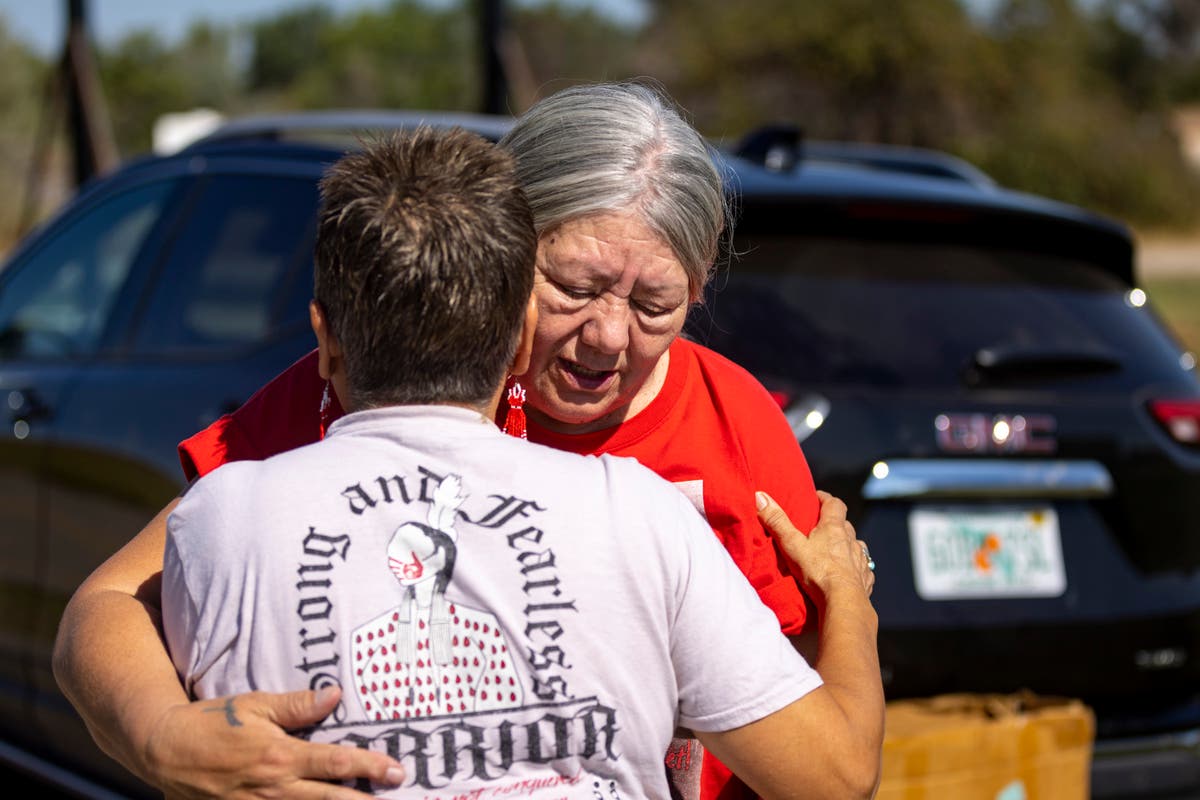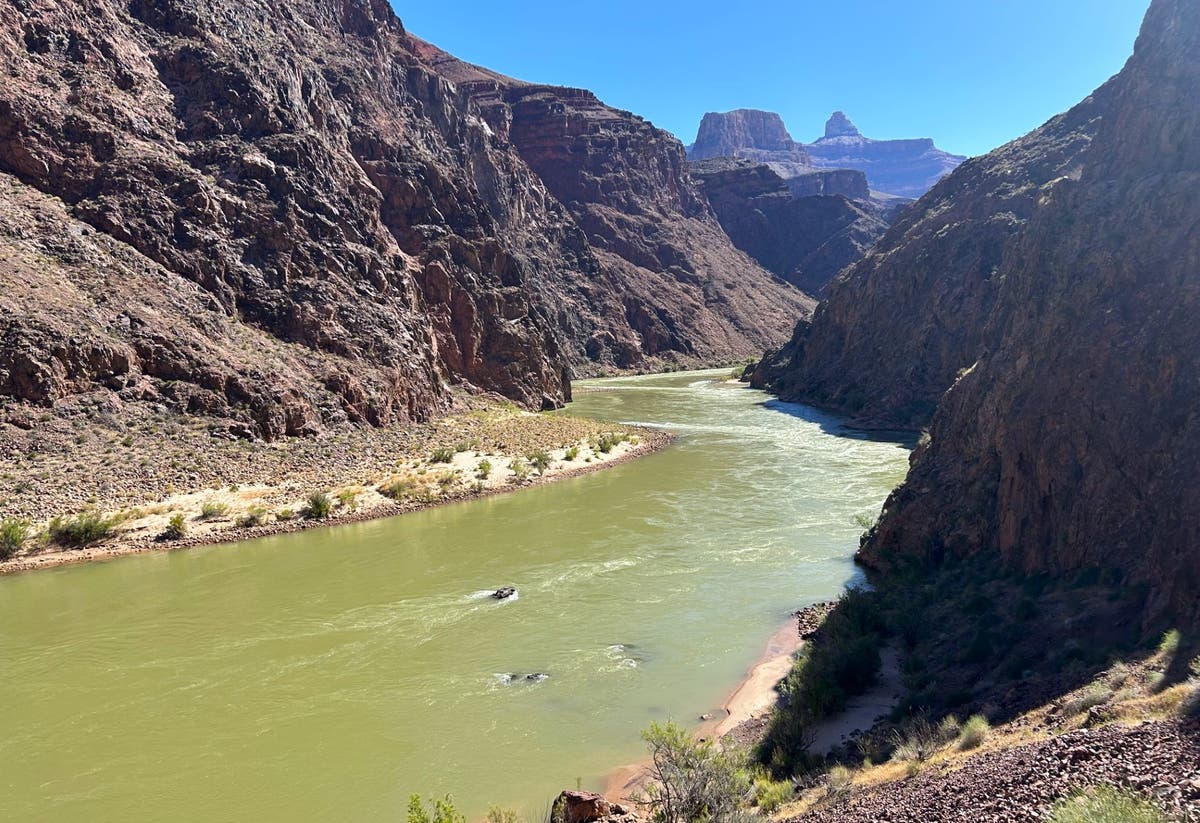
How Long Delays In Repatriation Let Scientists Damage Native Remains With Government Funds
Huff PostVisitors approach Pueblo Bonito, the largest archeological site at the Chaco Culture National Historical Park, in northwestern New Mexico, August 28, 2021. via Associated Press ProPublica is a nonprofit newsroom that investigates abuses of power. The studies, according to the research proposals, would involve analyzing Ancestral Pueblo remains that museums had excavated around 1900 from some of the Southwest’s most sacred sites: a deep rift that winds through Bears Ears National Monument in Utah, an ancient village near cliff dwellings in Colorado and the remnants of a settlement at Chaco Canyon in New Mexico that dates back more than a thousand years. “I 100% believe that it produces better research.” Pursuing Research, Not Repatriation Soon after NAGPRA’s passage, NSF records show, some institutions began to seek grants to preserve Ancestral remains for future scientific study, even though Congress had called for museums to be “expeditious” in returning them to tribes. In an email, she told ProPublica that her work could help institutions make “informed decisions regarding repatriation” but “not ensure that repatriation will follow.” The museum had granted Brenner Coltrain access to its collection on the condition that she share her findings with several tribes, including the Hopi, Pueblo of Acoma and Navajo Nation, according to her NSF research proposal. No one raised concerns about his work, Plog said in an interview: “No reviewer, nor anyone else commented to say, ‘You know, do you think it’s really right to just do destructive analysis of human remains?’” Next, he collaborated with researchers at Penn State, Harvard and the AMNH on a paper that again focused on the ancestors from Pueblo Bonito’s Room 33.
Discover Related






























)


